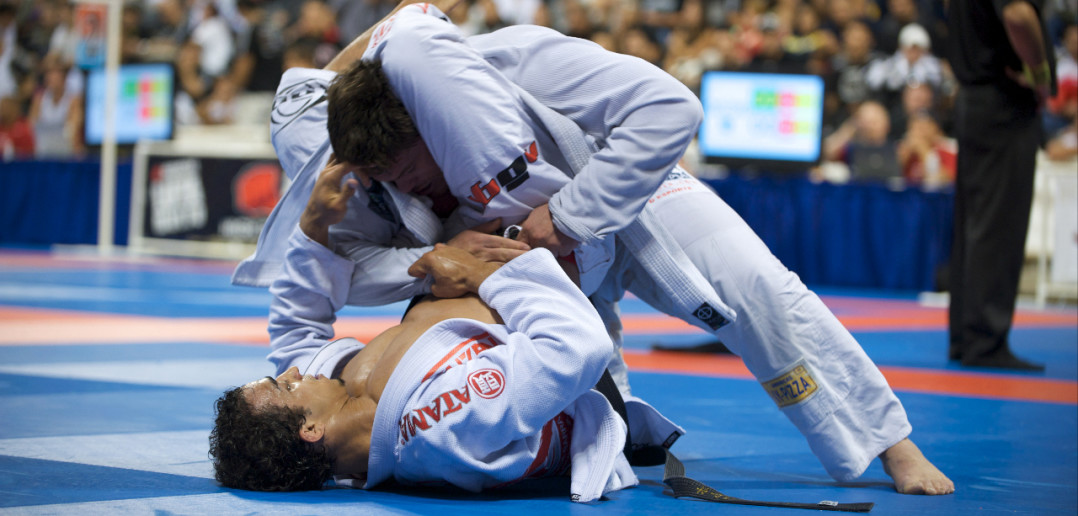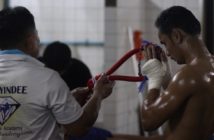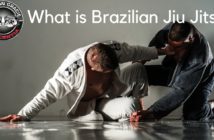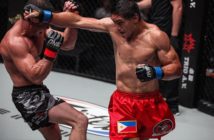10 Commandments of Fighting fitness by Steve Baccari
1. You can’t out condition the dinner table.If you don’t believe this, try the following experiment. Eat your favorite snack (junk food). Time yourself to see how long it took to eat, most likely 2-minutes. Then check how many calories it is, Say 250. Now get on a treadmill and see how long it takes to burn those calories. I think you will agree this is not a viable method to get rid of excess calories, so start your exercise by pushing yourself away from the dinner table and save your energy for more productive training.
2. Joint mobility comes before flexibility or agility.
Before you can be truly flexible you have to be able to get your joints through a full range of motion. Start your days with super joints.
5 best dynamic joint warm ups
//www.youtube.com/watch?v=fWbSaPItvTg
Yoga techniques for joint mobility
//www.youtube.com/watch?v=MIXyFku6yzI
3. Pure strength or what Pavel calls “slow strength”.
The ability to generate maximum tension over a given period of time. I think this is the missing link in 95% of the strength and conditioning programs being used by fighters. The programs that they do use should be called conditioning and more conditioning routines, because they never work on pure strength. Whether you use your bodyweight, a barbell or kettlebells the protocol is the same. Slow grinding movements with maximum resistance in a low repetition range with a long rest interval.
Slow exercises explained
//www.youtube.com/watch?v=aQQXMqarT9U
4. Spinal decompression.
If you are performing these heavy grinding lifts you should finish your training session with a spinal decompression exercise. You can hang off a pull up bar or hang by your feet with inversion boots. I can’t give you the scientific reasons behind the effectiveness of this drill, but I can honesty say it has helped every single athletic I have shown it to.
Spinal decompression is a term that describes the relief of pressure on one or many pinched nerves (neural impingement) of the spinal column. Spinal decompression can be achieved both surgically and non-surgically and is used to treat conditions that result in chronic back pain such as disc bulge, disc herniation, sciatica, spinal stenosis, and isthmic and degenerative spondylolisthesis.
5. “Grease the groove”.
This the most effective method of strength training for a fighter. In my opinion the only productive way a fighter can effectively increase his overall strength without over training.
Specificity + frequent practice = success
Do as much work as possible while staying as fresh as possible. Your goal is to increase total number of reps while staying fresh by doing multiple sets of few reps (well under your max rep range) all day everyday.
6. Flexibility.
You only need slightly more flexibility than your sport requires so forget the 104-degree yoga class.
How much flexibility does your sport require?
7. Power.
Is strength times speed, so unless you are already super strong, don’t talk to me about plyos. Plyometrics (also known as “plyos”) is a type of exercise training designed to produce fast, powerful movements, and improve the functions of the nervous system, generally for the purpose of improving performance in sports. Plyometric exercises may also be referred to as explosive exercises. Plyometric movements, in which a muscle is loaded and then contracted in rapid sequence, use the strength, elasticity and innervation of muscle and surrounding tissues to jump higher, run faster, throw farther, or hit harder, depending on the desired training goal. Here is a great article on plyometrics for martial arts from the guys at martial edge.
8. Never work out, instead practice.
Webster’s dictionary defines practice as repeated exercise to improve a skill. Sweat is a by-product of practices not the purpose, try to remember this the next time you are training.
9. The ladder
The best way to increase exercise volume without it turning into a mindless workout.
10. More is not better, it’s just more.
Focus on what you need to improve on not what you like to do, they are rarely the same things.




